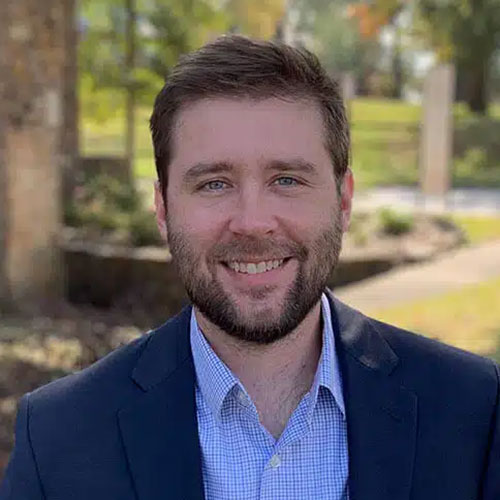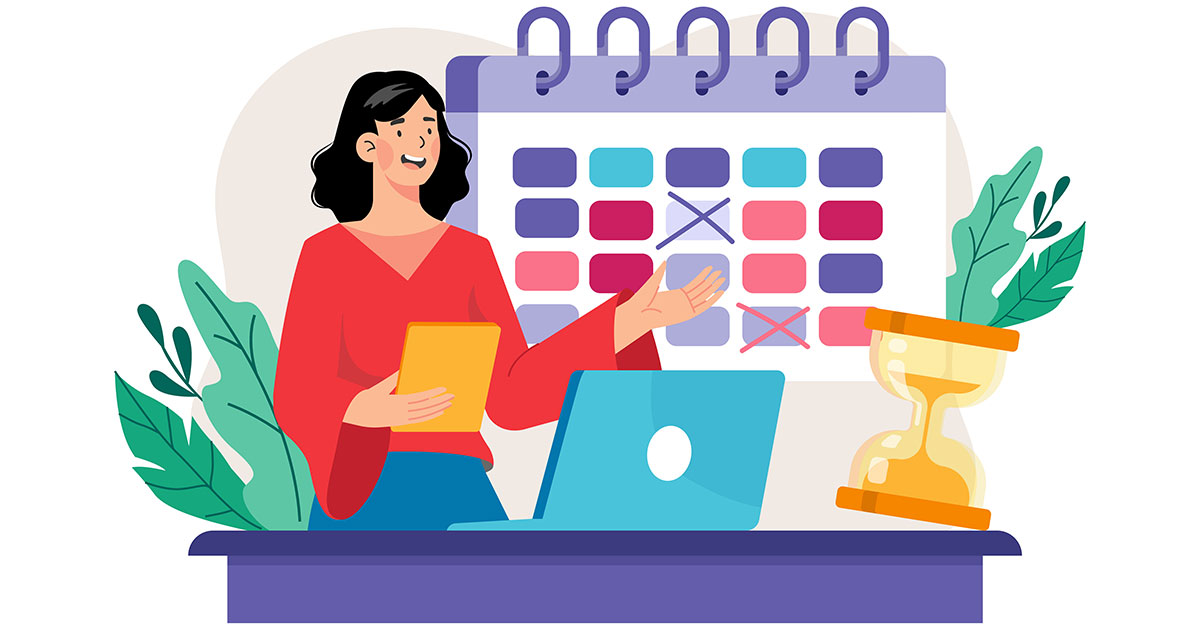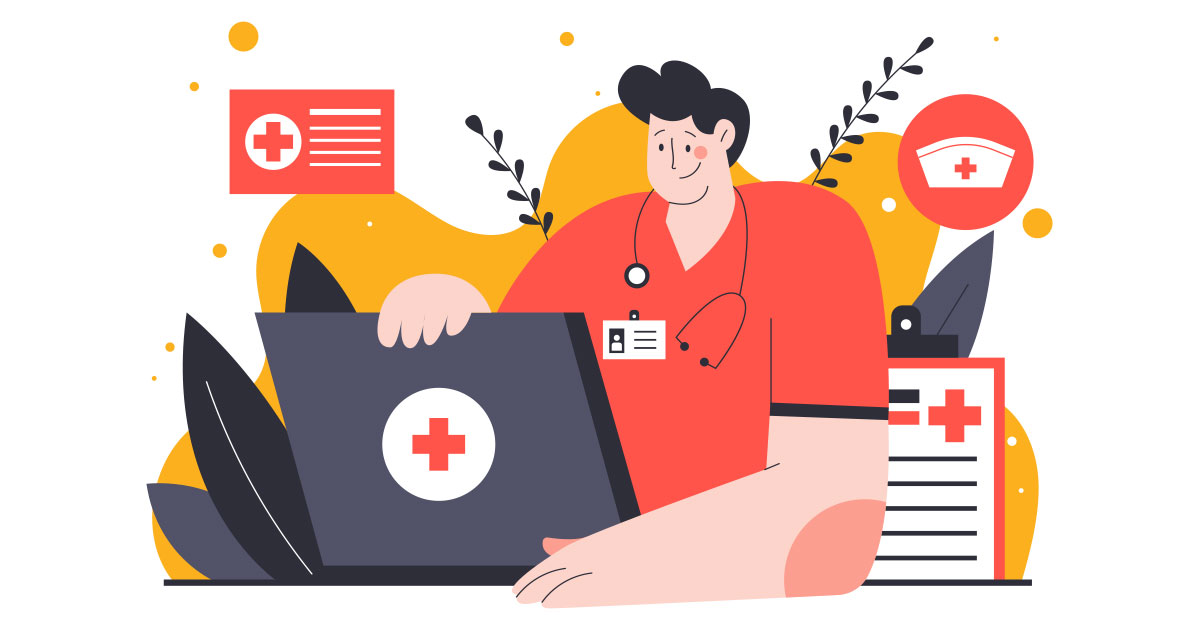When will residents and new physicians have to start to pay their student loans?
For millions of federal student loan borrowers, the COVID-19 pandemic brought a temporary reprieve from the burden of loan repayment through an extended forbearance period. Though repayment was set to resume several times since 2020 repeated extensions meant borrowers haven’t made payments since that time.
Now, with the official end of the forbearance period looming, many are wondering when payments will restart and how to prepare. Here’s what you should know.
The Forbearance Period: A Brief Recap
In the early days of the pandemic, the U.S. government introduced the CARES Act, which provided immediate relief for federal student loan borrowers to mitigate financial strain caused by COVID-19.
This relief came in the form of an automatic forbearance period, which temporarily suspended loan payments and set the interest rate to 0% from March 2020, through September 2020. Subsequently, the forbearance period was extended eight more times.
In June 2023, the Supreme Court struck down a proposal from President Biden to forgive up to $20,000 in federal student loan debt per borrower. This proposal would have reduced loan balances to zero for an estimated 20 million borrowers.
As president of Panacea Financial, the national bank for doctors, and a practicing physician paying off his own student loans, I believe loan forgiveness programs are likely more impactful for the doctor community than the one-time forgiveness proposal.
When Will My Student Loan Payments Resume?
Though early plans for the resumption of payments depended on the Supreme Court’s ruling, on June 1, 2023, Congress suspended the national debt limit with the agreement that the payment pause would come to an end.
Under this new agreement, the student loan payment pause will come to an end after August 2023, with no further extensions, though forgiveness is currently still on the table. Interest will begin accumulating on September 1, and payments will resume in October, with your exact due date based on your account details.
What Changes Have Been Made To Federal Student Loan Repayment?
Following the Supreme Court’s ruling against student loan forgiveness, the White House released their new income-driven repayment plan that will give some relief to borrowers.
This new plan, Saving on a Valuable Education (SAVE), is the most affordable plan to date and could help doctors by:
- Raising the amount of income that is considered non-discretionary income and therefore is protected from repayment, guaranteeing that no borrower earning under 225% of the federal poverty level will have to make a monthly payment.
- Not charging borrowers with unpaid monthly interest, so no borrower’s loan balance will grow as long as they make their monthly payments—even when that monthly payment is $0 because their income is low.
- Married borrowers will not be required to include their spouse’s income in their payment calculation, if they file taxes separately.
Though other aspects of this new program won’t be implemented until July 2024, these three benefits will go into effect before the student loan payment pause ends this fall.
How Much Will I Need To Pay Once Forbearance Ends?
It has been a few years since most borrowers have made a student loan payment, and for some who graduated or left school since the forbearance period began, repaying is a new task. Here’s what you need to know about beginning repayment:
- Know your loan servicer: If you’ve never made a payment before, you may not know who your loan servicer is. To find your servicer, log into your Federal Student Aid (FSA) account and find the “My Loan Servicers” section, or call the Federal Student Aid Information Center (FSAIC) at 1-800-433-3243.
- Find your repayment status: Log into your account on the loan servicer website to find your repayment status. All federal borrowers are automatically enrolled in the standard repayment plan, but this can be changed based on your unique circumstances. This is very important as the standard repayment plan is typically much higher than what you could get through an income-driven plan.
- Understand your repayment: The servicer’s website will provide you with the amount and due date of each upcoming payment.

Transitioning To Loan Repayment
The transition from forbearance to loan repayment can be complex, but borrowers can take several proactive steps to ease the process:
- Review loan details: Understand the specifics of your loan, such as interest rates, repayment options, and potential benefits or programs available to you.
- Assess financial situation: Evaluate your current financial standing to determine the feasibility of the repayment terms. If needed, consider creating a budget or seeking financial advice to manage your monthly payments effectively.
- Consider repayment plans: Explore the different repayment plans offered by the Department of Education, such as income-driven repayment plans, which can help adjust your payments based on your income level.
- Communicate with loan servicer: If you anticipate challenges in resuming loan repayments or have questions regarding your specific circumstances, reach out to your loan servicer for guidance and potential assistance options.
Looking ahead
For federal student loan borrowers, the end of the forbearance period brings the resumption of loan payments. While the exact dates and details are not solidified yet, it is vital for borrowers to stay informed about the current status of their loans and stay connected with their loan servicers.
Navigating the transition from forbearance to loan repayment requires proactive steps. By taking these measures, borrowers can better manage their student loans and work towards financial stability.
Panacea Financial is a bank built for doctors, by doctors. They offer financial tools and services like personal and practice loans, student loan refinancing, high-yield savings accounts, and more created just for doctors. Learn more about Panacea Financial.

About the author
Michael Jerkins, MD, M.Ed
President and Co-Founder, Panacea Financial
Michael is the President and Co-founder of Panacea Financial and is also a practicing physician in Little Rock, AR. After earning his BBA in Economics he deferred his medical school acceptance to teach middle school science in the Phoenix, AZ area while also earning his Masters in Education from Arizona State University. He then completed medical school at the University of Tennessee Health Science Center before finishing his residency at University of Cincinnati Medical Center and Cincinnati Children’s Hospital. With a faculty position and board certifications in both Internal Medicine and Pediatrics, Michael is able to treat patients of all ages and teach medical trainees in both inpatient and outpatient settings.





